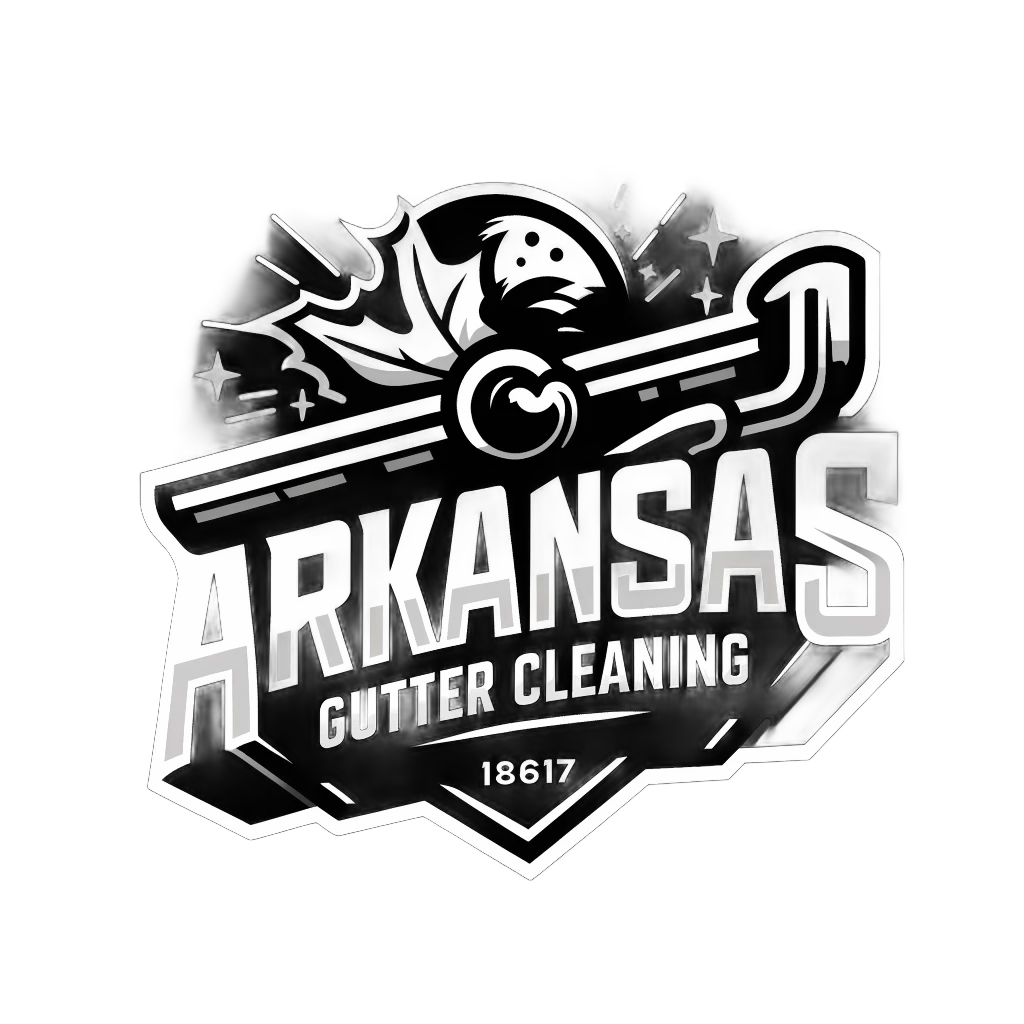Table Of Contents
Roof Replacement vs Roof Repair
When facing issues with your roof in San Diego, one important decision to make is whether to opt for a complete replacement or a repair. Roof replacement involves removing the existing roof and installing a new one, while roof repair focuses on fixing specific damaged areas to prolong the overall lifespan of the roof. The choice between replacement and repair depends on various factors such as the extent of the damage, the age of the roof, and your budget.
While roof replacement may seem like a more expensive option upfront, it can provide a long-term solution that eliminates the need for frequent repairs. On the other hand, roof repair can be a cost-effective way to address minor issues and extend the lifespan of your roof without having to invest in a full replacement. Consulting with a professional roofer in San Diego can help you determine the most appropriate course of action based on your specific situation.
Cost Considerations in San Diego
When considering the cost of a roof replacement or repair in San Diego, there are several key factors to keep in mind. The size and slope of your roof will have a significant impact on the overall cost, as larger or more complex roofs will require more materials and labor. Additionally, the type of materials you choose for your roof, such as asphalt shingles, tile, or metal, will also play a role in determining the final expense.
Another important cost consideration in San Diego is the current condition of your roof and any underlying issues that may need to be addressed during the replacement or repair process. For example, if there is water damage or rotting wood beneath the shingles, this will increase the overall cost of the project. It’s essential to have a thorough inspection of your roof before starting any work to uncover any potential issues that could affect the final price.
DIY Roof Maintenance Tips
Performing regular maintenance on your roof is crucial to extending its lifespan and avoiding costly repairs. One of the simplest yet most effective maintenance tasks you can do is to inspect your roof regularly. Look for any signs of damage such as missing or cracked shingles, sagging areas, or debris buildup. By catching these issues early, you can prevent them from escalating into more significant problems.
Another essential DIY roof maintenance tip is to keep your gutters and downspouts clean and free of debris. Clogged gutters can lead to water buildup, which can damage your roof and contribute to leaks. Make sure to remove leaves, branches, and other debris from your gutters regularly, especially after storms or during the fall when leaves are shedding. Additionally, check that your downspouts are clear and directing water away from your home’s foundation to prevent water damage.
Cleaning Gutters and Downspouts
Neglecting the cleaning of gutters and downspouts can lead to significant issues with your roof. Over time, leaves, debris, and dirt can accumulate in these areas, causing blockages that prevent proper drainage. When water cannot flow efficiently away from your roof, it can seep into your home, causing water damage and potentially mold growth. Therefore, it is crucial to regularly inspect and clean your gutters and downspouts to maintain the integrity of your roof.
A simple way to prevent clogs in your gutters is to install gutter guards. These guards help to keep debris out of your gutters while still allowing water to flow through easily. Additionally, consider trimming any overhanging tree branches to minimize the amount of leaves and twigs that fall into your gutters. By taking these preventative measures and routinely cleaning your gutters and downspouts, you can prolong the lifespan of your roof and avoid costly repairs down the line.
Extending Roof Lifespan with Proper Ventilation
Proper ventilation is essential for extending the lifespan of your roof in San Diego. Without adequate ventilation, heat and moisture can build up in your attic, leading to premature deterioration of roofing materials. To prevent this, it is crucial to ensure that your attic is well-ventilated to allow for proper air circulation.
Adequate ventilation not only helps to regulate the temperature in your attic but also reduces the risk of moisture damage. By allowing hot air to escape during the summer months and preventing condensation buildup in the winter, proper ventilation can help protect your roof from issues such as mold, mildew, and rot. Investing in proper ventilation for your roof can ultimately save you money in the long run by extending the lifespan of your roofing materials and preventing costly repairs.
Importance of Attic Ventilation
Proper attic ventilation is crucial for maintaining the longevity of your roof in San Diego’s climate. Without adequate ventilation, heat and moisture can build up in the attic, leading to a range of issues such as mold growth, wood rot, and shingle damage. By ensuring that your attic has proper ventilation, you can help regulate the temperature and moisture levels, ultimately extending the lifespan of your roof.
In addition to preserving the structural integrity of your roof, proper attic ventilation can also have a positive impact on energy efficiency. By allowing hot air to escape in the summer and preventing moisture buildup in the winter, a well-ventilated attic can help reduce the strain on your HVAC system and lower your energy bills. Investing in attic ventilation is not only beneficial for your roof’s lifespan but can also contribute to a more comfortable and cost-effective home environment.
FAQS
How long does a typical roof last in San Diego?
The lifespan of a roof in San Diego can vary depending on factors such as material, maintenance, and weather conditions. On average, a well-maintained roof can last between 15 to 30 years.
What are some signs that indicate it’s time to replace a roof in San Diego?
Some signs that suggest it may be time to replace your roof in San Diego include missing or curling shingles, water leaks, mold growth, and visible damage such as cracks or holes.
Is it better to repair or replace a roof in San Diego?
The decision to repair or replace a roof in San Diego depends on the extent of the damage, age of the roof, and budget considerations. In some cases, minor repairs can extend the lifespan of the roof, but if the damage is extensive, a replacement may be necessary.
What are the cost considerations for roof replacement in San Diego?
The cost of roof replacement in San Diego can vary based on factors such as the size of the roof, material chosen, and labor costs. It is recommended to get multiple quotes from reputable contractors to ensure you get a fair price.
How can proper ventilation help extend the lifespan of a roof in San Diego?
Proper ventilation plays a crucial role in extending the lifespan of a roof in San Diego by reducing moisture buildup, preventing mold growth, and maintaining the temperature within the attic. Adequate ventilation can help prevent premature deterioration of the roof structure.

